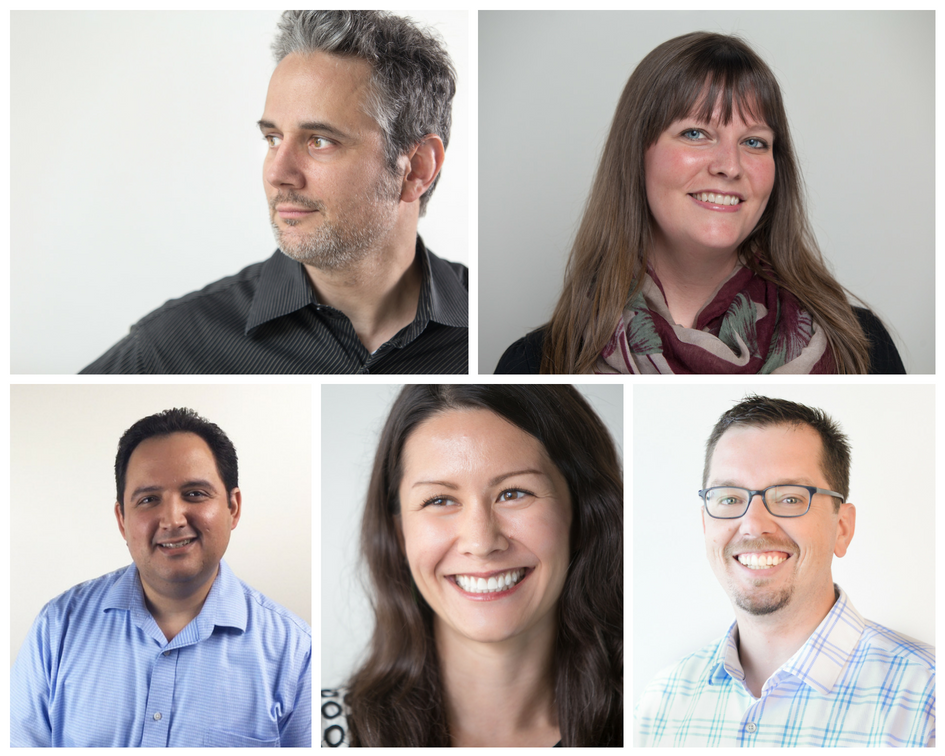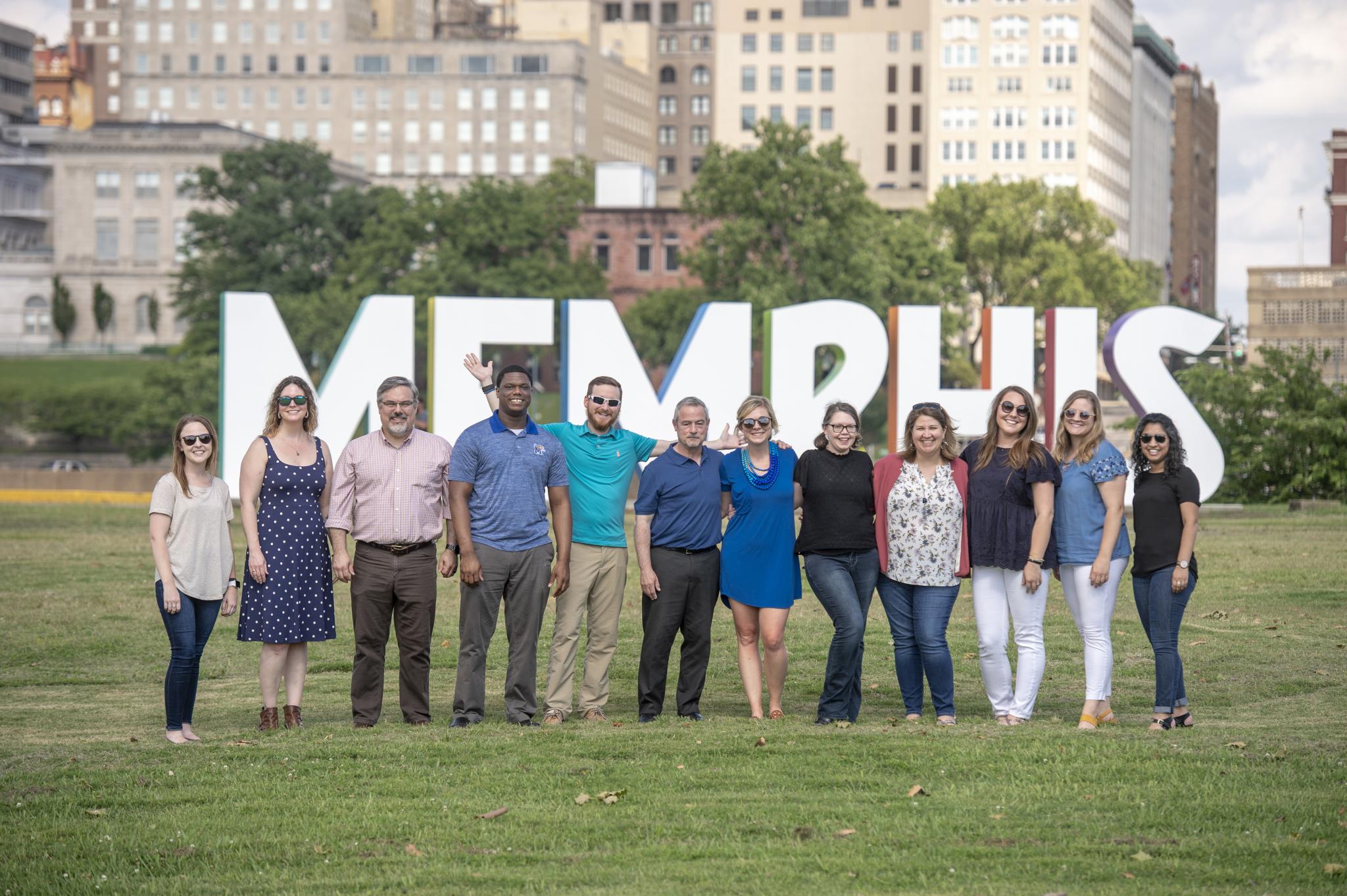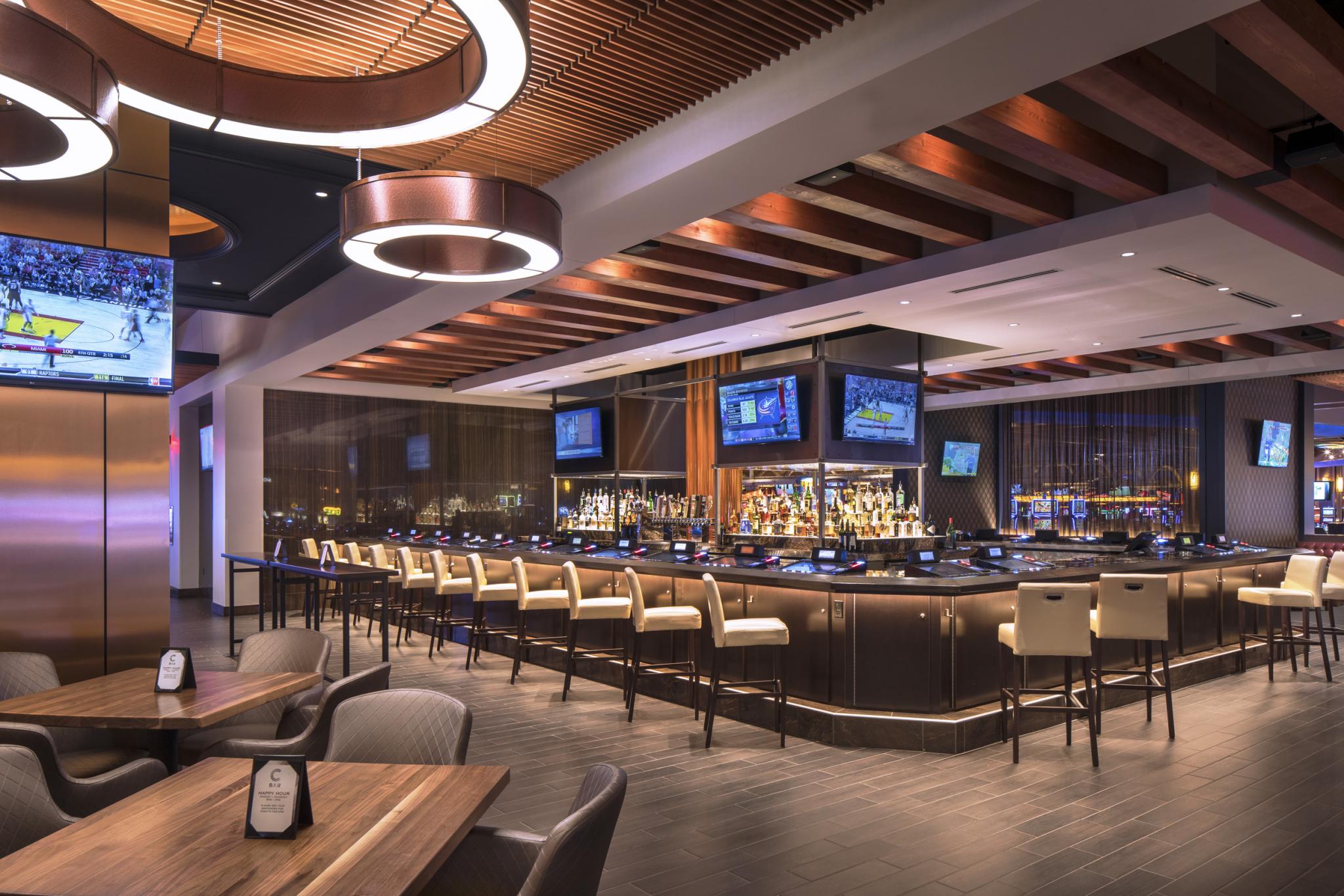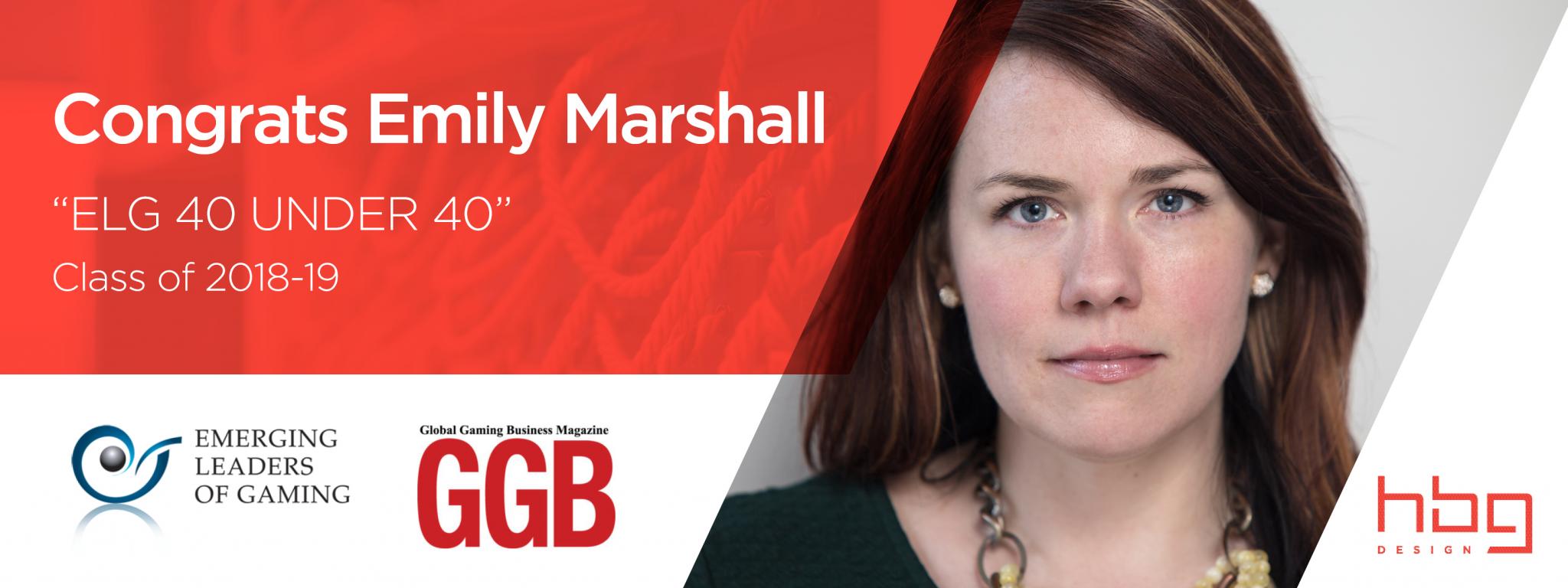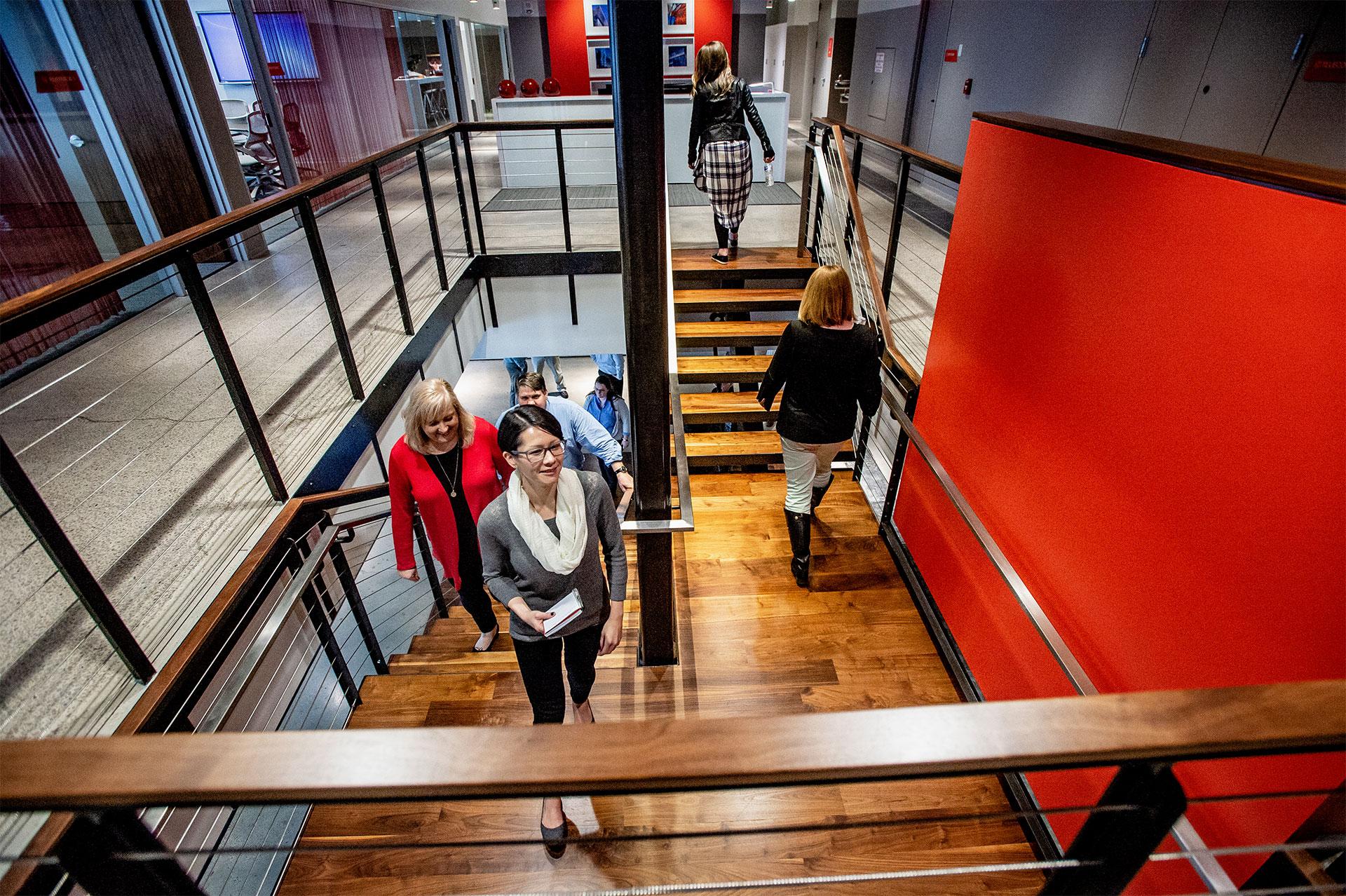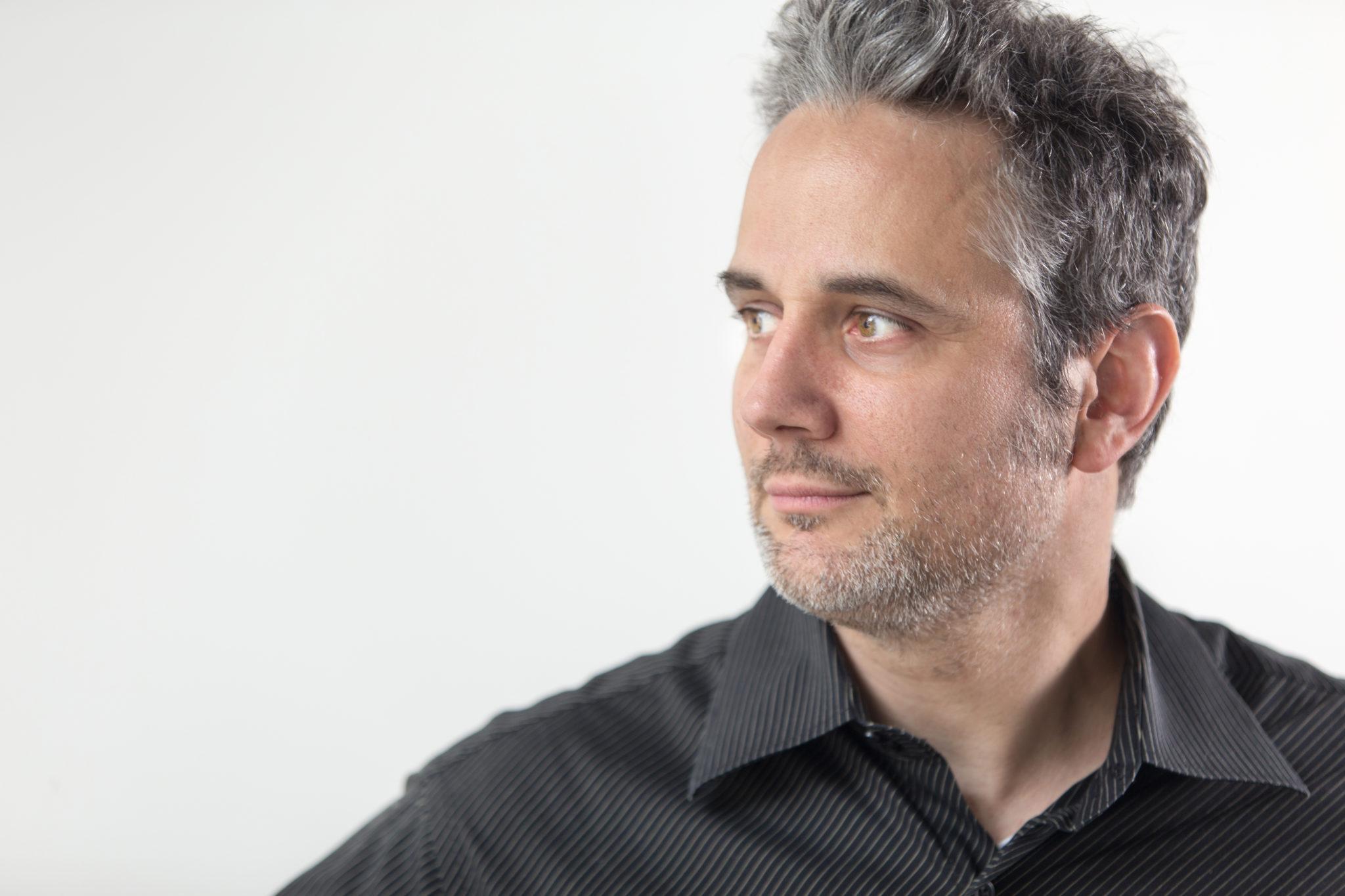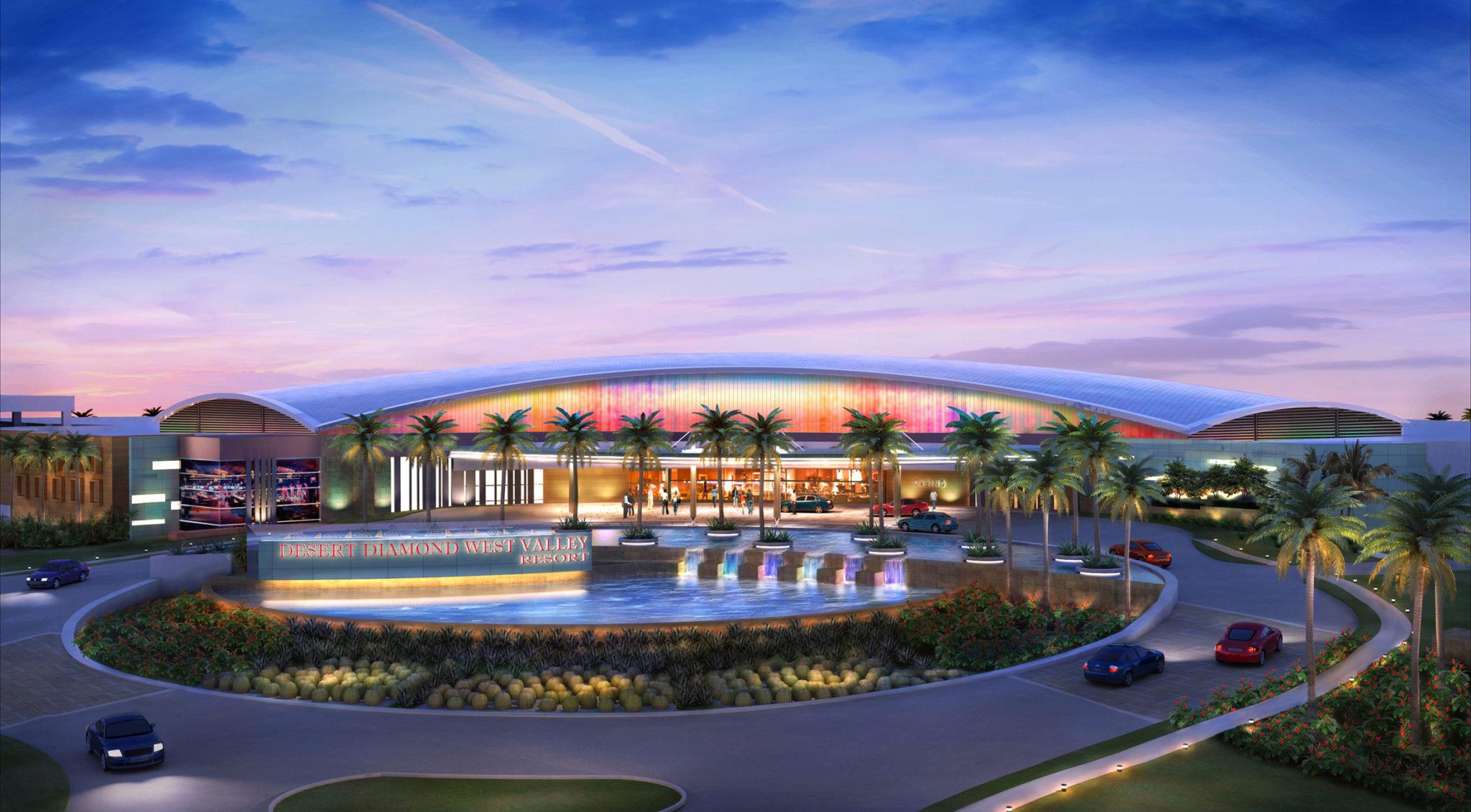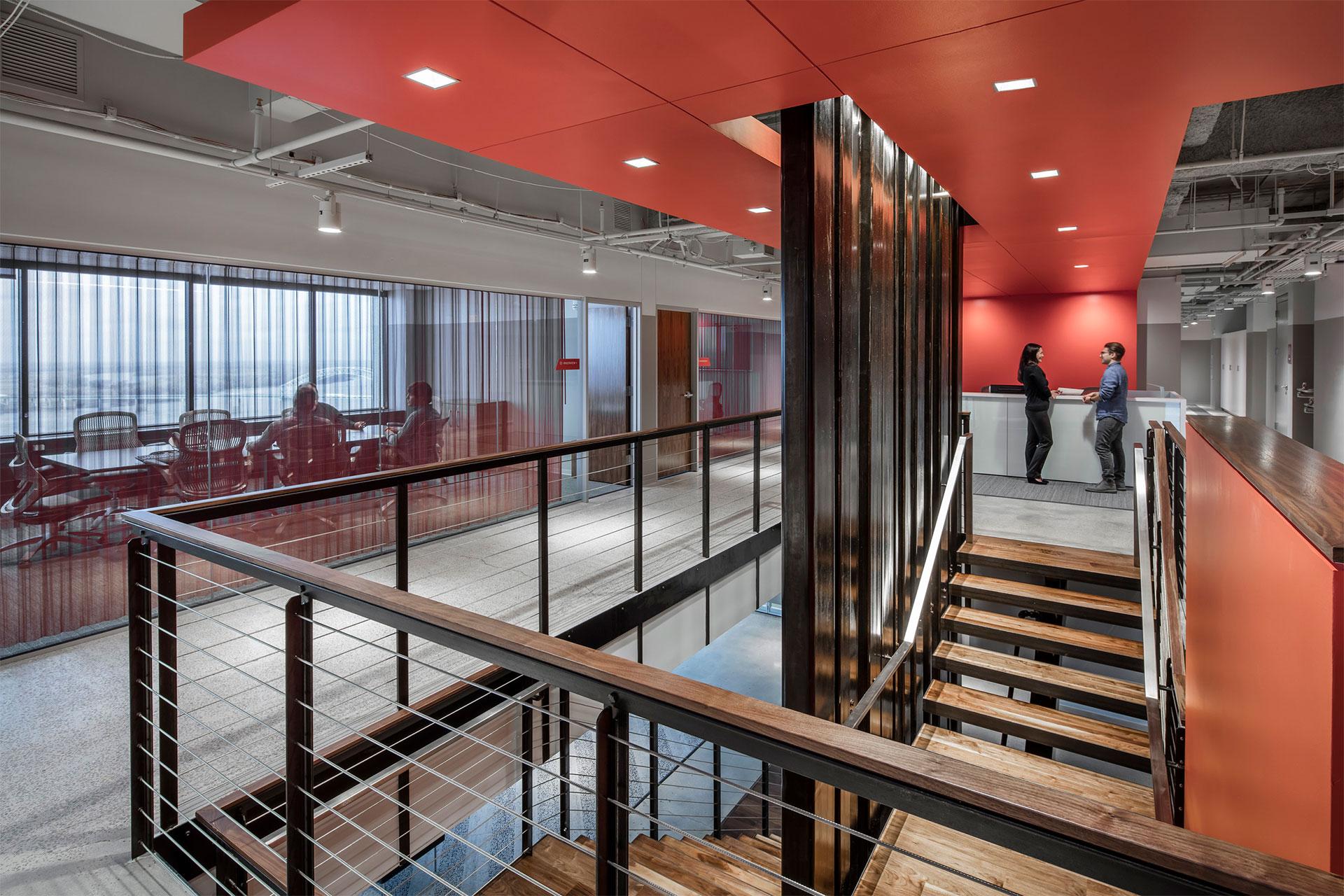Memphis-based architecture and interior design firm creates beautiful spaces, successful workplaces
Top Workplace HBG Design celebrates 40 years as a top hospitality industry architecture and interior design firm.
See full article – The Commercial Appeal
A memorable experience. A sense of arrival. The engagement of senses – smell, sight, touch, sound, taste. All are characteristics that an exceptional design firm endeavors to craft in the spaces it creates. These are also the principles on which Memphis-based HBG Design has established a 40-year tradition of success.

Today, HBG Design is much more than a nationally-ranked architecture and interior design firm. A successful partner for its clients in the hospitality industry, HBG Design also enjoys the distinction of being one of the Memphis area’s top workplaces. At HBG Design, professionals are empowered to approach their work with confidence, creativity and vision.
“You don’t maintain that level of strength by chance — it takes the right mix of strategy, talent, passion and alignment,” says Rick Gardner, AIA, Principal and HBG Design’s Practice Leader. “As a firm, we have a shared vision that is aligned in a very positive way, and as leaders, we support one another and hold each other accountable. Vision and commitment are symbiotic…one cannot thrive without the other; and vision is worthless without a talented team to bring it to life – and we are surrounded by such exceptional talent here! This group collectively is the best I’ve worked with in 33 years of practice.”
In its 40 years, HBG Design has grown to become a Top 10 hospitality design firm nationally. More than 100 professionals work from the Memphis office, which continues to grow. Whether their role is in architecture, interior design, client management, project management or business operations, the firm’s employees are all committed to finding creative solutions that engage consumers and bolster their clients’ brands.
In the office, HBG Design’s employees enjoy a positive culture that rewards creativity and provides opportunities for growth and professional development. The firm offers a generous benefits package which includes vacation time based on the number of years served, an expansive health insurance program, a 401(k) program with a generous company match, a performance-based bonus program, and company-paid dues for professional organizations, among other perks and programs.

“It is definitely a challenge for young professionals today to find a work environment that truly values employees and supports their career goals. I think what we have here at HBG Design –that mix of exciting and challenging design opportunities inside an organization that is committed to being a ‘top workplace’ – is rare,” said Shawn Hobbs, AIA, a senior architectural designer with the firm who was recently promoted to Principal.
At HBG Design, employees are encouraged to broaden their reach, challenge themselves and aim for excellence. Junior employees benefit from coaching and mentorship programs, in addition to a broad professional development program. The firm’s Sponsor Program matches Principals, Senior Associates and Associates with employees, establishing relationships that assist in developing technical skills as well as individual career development. Ultimately, the firm benefits from these relationships as well, as employees are more likely to grow, advance in the firm, and give back by mentoring future employees in the coming years.

“We value high-performers and invest in developing talent,” said Terri Struminger, Principal and COO. “Because we are very intentional about instilling firm values and strategic direction as part of every employee’s vocabulary, I think our employees today have a greater understanding of how they can contribute, lead and share in our success. They have more of a mindset that’s focused on how we can do things differently, innovate and improve processes that help everyone become better, together.”
Through its 40 years, HBG Design has proven that a positive employee experience can help foster a positive customer experience.
Dike Bacon Weighs in on Indian Gaming’s “Ask the Experts: 2019 Predictions”
See full article in Indian Gaming Magazine
As part of Indian Gaming Magazine’s Editorial Advisory Board, HBG Design Prinicipal Dike Bacon was asked to share his insights and predictions for the casino resort industry in 2019. Here’s what he had to say…
There is an old saying in the gaming industry – ‘The most important customer is the one you don’t have.’ This is just as true today as it was 25 years ago. It is important to constantly study social, cultural and economic changes in search of important influences that will guide client investment and design directions. 2019 will be an interesting year of contrasts. The gaming industry has had the significant benefit of riding a historic economic tailwind, but that may start to change.
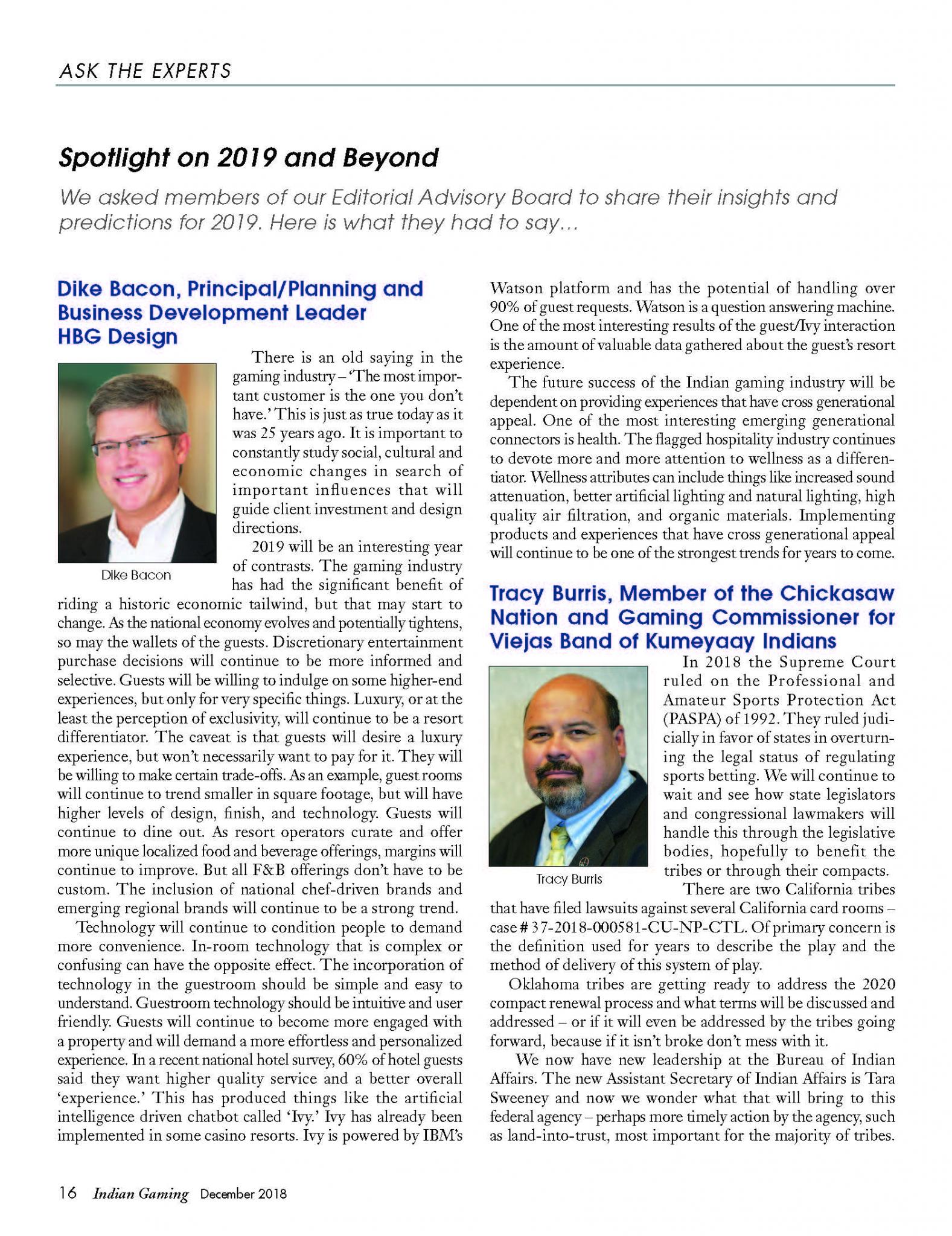
As the national economy evolves and potentially tightens, so may the wallets of the guests. Discretionary entertainment purchase decisions will continue to be more informed and selective. Guests will be willing to indulge on some higher-end experiences, but only for very specific things. Luxury, or at the least the perception of exclusivity, will continue to be a resort differentiator. The caveat is that guests will desire a luxury experience, but won’t necessarily want to pay for it. They will be willing to make certain trade-offs. As an example, guestrooms will continue to trend smaller in square footage, but will have higher levels of design, finish, and technology.
Guests will continue to dine out. As resort operators curate and offer more unique localized food and beverage offerings, margins will continue to improve. But all F&B offerings don’t have to be custom. The inclusion of national chef-driven brands and emerging regional brands will continue to be a strong trend. Technology will continue to condition people to demand more convenience. In-room technology that is complex or confusing can have the opposite effect. The Guestroom technology should be intuitive and user friendly. Guests will continue to become more engaged with a property and will demand a more effortless and personalized experience.
In a recent national hotel survey, 60% of hotel guests said they want higher quality service and a better overall ‘experience.’ This has produced things like the artificial intelligence driven chatbot called ‘Ivy.’ Ivy has already been implemented in some casino resorts. Ivy is powered by IBM’s Watson platform and has the potential of handling over 90% of guest requests. Watson is a question answering machine. One of the most interesting results of the guest/Ivy interaction is the amount of valuable data gathered about the guest’s resort experience.
The future success of the Indian gaming industry will be dependent on providing experiences that have cross generational appeal. One of the most interesting emerging generational connectors is health. The flagged hospitality industry continues to devote more and more attention to wellness as a differentiator. Wellness attributes can include things like increased sound attenuation, better artificial lighting and natural lighting, high quality air filtration, and organic materials. Implementing products and experiences that have cross generational appeal will continue to be one of the strongest trends for years to come.
HBG Design’s INDECOM Scholarship Winners Chosen
HBG Design was excited to honor eight Fay Jones School of Architecture and Design Students in our 11th annual International Design Competition.
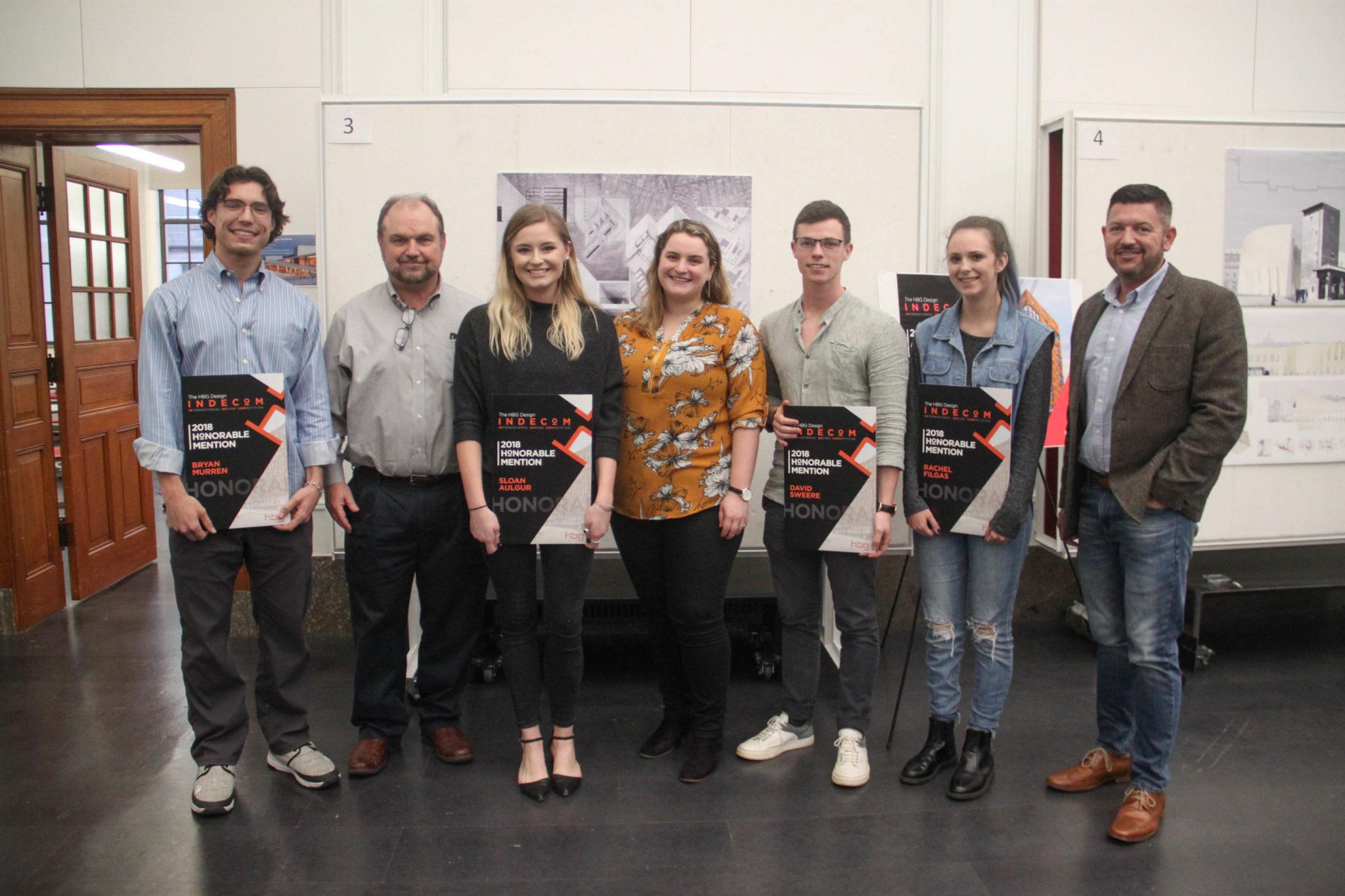
FAYETTEVILLE, Ark. – Eight students in the Fay Jones School of Architecture and Design were honored in the 11th annual HBG Design International Design Competition during an Oct. 31 awards ceremony in Vol Walker Hall on the University of Arkansas campus. The competition recognizes work students complete at international locales within the school’s required study abroad programs.
This year, 11 student projects were submitted to the competition. Two groups were recognized as first-prize winners with Awards of Excellence, with each earning a $2,000 prize, and two groups were given Honorable Mentions, each earning a $500 prize. Juries from HBG Design and the Fay Jones School evaluated the projects and determined the winning work.
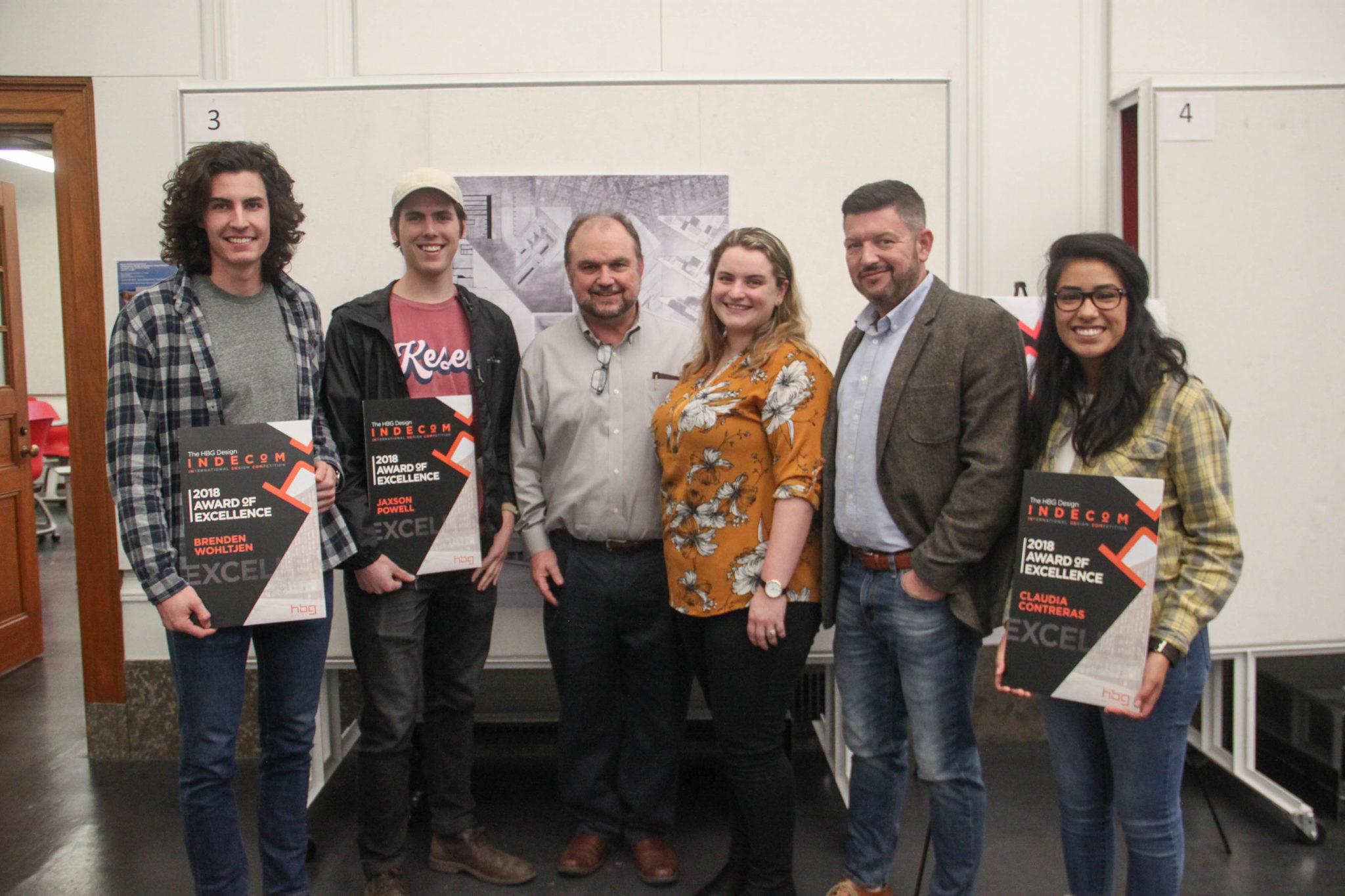
Brenden Wohltjen and Jaxson Powell, both fifth-year architecture students, won an Award of Excellence for their project, “Knotty Infrastructure,” from the Rome studio. Wohltjen is from Mansfield, Texas, and Powell is from St. Louis, Missouri.
“The winning project for the Rome studio was inspired by and developed from an analysis of Roman infrastructure, especially street intersections,” said Jeff Shannon, professor of architecture, interim architecture department head and a faculty jury member in this year’s design competition. “The students leveraged this analysis into the creation, at one particular intersection, of a linked pair of public spaces, i.e., a monumental stair providing access to a river walk and a public park.”
Wohltjen said their project was an urban renewal of a site located in Rome between St. Peters and Castel Sant’Angelo. They looked at infrastructure in Rome to find places where the infrastructure overlapped and tangled, or formed “knots” of infrastructure in the city. Their goal was to reconnect the unused space surrounding the site and create a coherent space among all the intersections, which they did through a sunken plaza that connected major areas of the site with a series of footpaths.
Claudia Contreras and Chase Wyatt, both fifth-year architecture students, won an Award of Excellence for their project, “Centro Urbano para Norte Americanos,” from the Latin American Urban Studio in Mexico. Contreras is from Rogers, and Wyatt is from Memphis, Tennessee.
“The winning project from the Mexico studio was inspired by a recognition of the radically different contexts around the triangular site,” Shannon said. “In response, the students designed each project edge as a direct and appropriate response to these differences.”
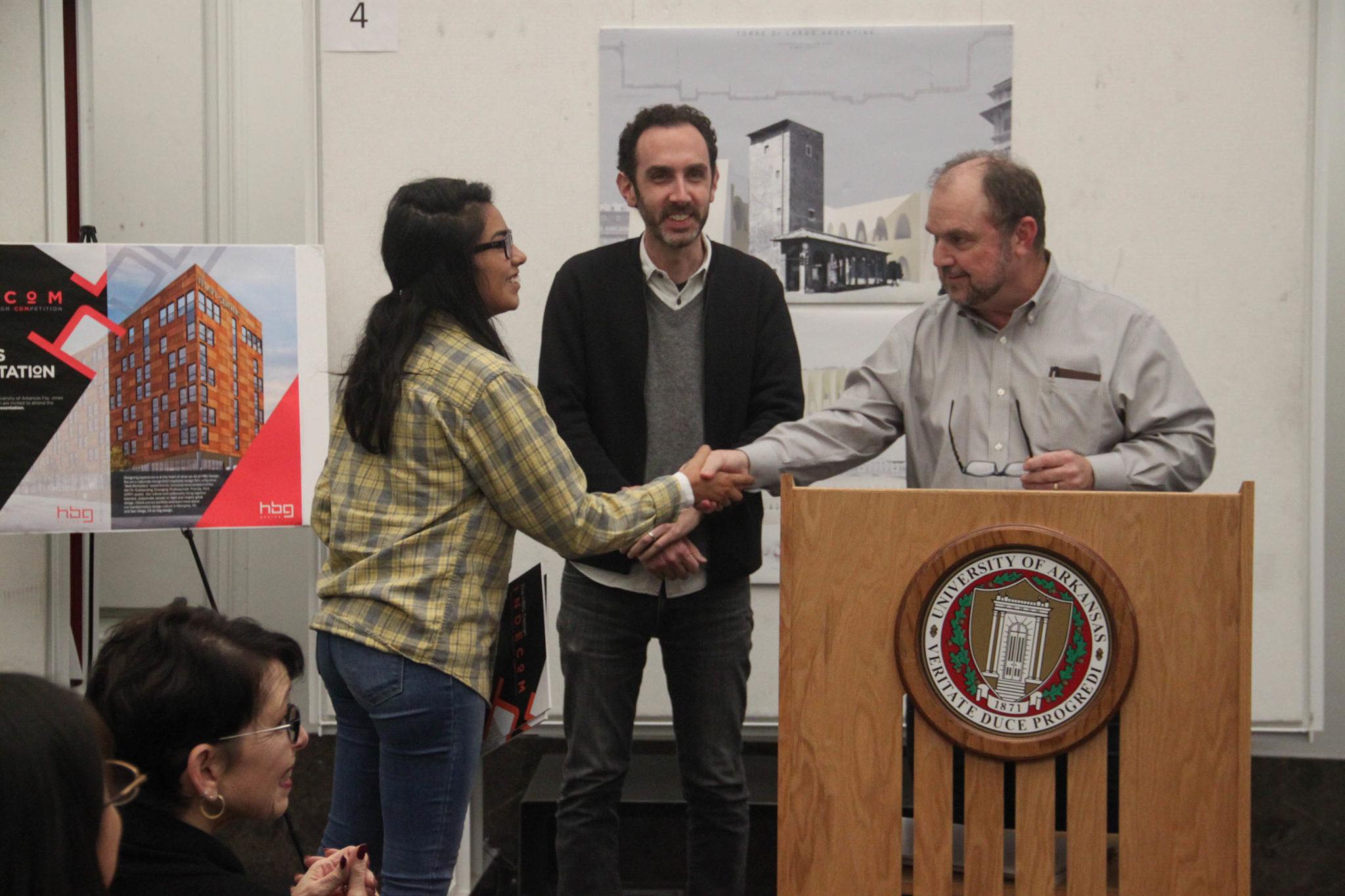
Contreras said their project considered the terms “deportation” and “border,” and what those mean for people and how people were impacted by this forced transition. They applied the word “transition” at multiple scales — the transition between two worlds (the United States and Mexico), between emotions, and between their site (the Veaducto and the park). They placed a barrier on the site’s north side, separating the busy highway and the calm park.
“Placing the housing portion of the program within that barrier gave our residents a view to the city, creating an inhabitable border,” Conteras said. “As the project developed, we focused on the Mexican community and opened our site to the park through program and materiality. Bridges complemented the plaza by proving additional community spaces as well as bringing both sides together.”
Sloan Aulgur, a third-year interior design student, and Bryan Murren, a fourth-year architecture student, received an Honorable Mention for their project, “The CUNA,” from the Latin American Urban Studio. Aulgur is from Russellville, and Murren is from Springfield, Missouri.
CUNA stands for Centro Urbano para Norte Americanos, or Urban Center for North Americans. The Latin American Urban Studio studio focused on creating this urban center for individuals who had grown up in the United States but were deported to Mexico.
“Having grown up in the United States but forcibly removed to Mexico, these individuals would be going through an identity crisis of sorts — to look like everyone, but not be like everyone or even speak the same language,” Murren said.
Murren said their project created various spaces for these individuals to host activities, such as dining, musical lessons and sports with both their neighbors in the CUNA and those in the surrounding communities. By linking these spaces, residents are able to see and interact with each other and their surroundings as they settle into their new life in Mexico City.
David Sweere and Rachel Filgas, both fifth-year architecture students, also received an Honorable Mention for their project, “Monumento Del Tempo Romano,” from the Rome studio. Sweere is from Maumelle, and Filgas is from Broken Arrow, Oklahoma.
In the Rome studio, there were six different project sites along the Via Papalis. Filgas said their project was a monument piazza and transit station that offered moments of escape from the traffic and noise of the city’s center while also providing opportunities of visual connection to the surrounding monuments and activity.
“It begins to balance the line between architecture and sculpture as a public folly garden,” she said.

HBG Design, the Memphis firm that helped judge the entries, awarded the $5,000 in total prize money. Mark Weaver, a partner and principal architect with HBG Design and a 1982 graduate of the Fay Jones School, coordinated the competition. Kelly Grecco, a recruiter with the firm, and Landon Shockey, a 2007 interior design graduate of the Fay Jones School, joined Weaver at the awards ceremony. The firm also provided pizza for the school’s Voloween celebration, which immediately followed the awards event.
The firm established the international design competition for architecture students at the Fay Jones School in 2007. This year, the firm opened the competition to include interior design student projects that took place in both the Rome and Mexico studios.
“HBG Design has long believed that travel provides a unique perspective essential to professional and personal growth,” Weaver said. “We are proud to support the emerging generation of architects and interior designers through the INDECoM program.”
Fay Jones School students have participated in study abroad programs at the U of A Rome Center in Italy since 1989. The school also has conducted the Latin America Urban Studio in Mexico since 1994.
HBG Design is Architect Behind “One of the Largest Hospitality Investments in the History of Arkansas”
by Sarah Campbell-Miller and Lance Turner on Monday, Nov. 19, 2018 10:58 am
Less than two weeks after voters approved casino gambling in Arkansas, Oaklawn Racing and Gaming on Monday announced a $100 million expansion that will include a 200-room high-rise hotel, a 14,000-SF event center and 28,000 SF of new gaming space.
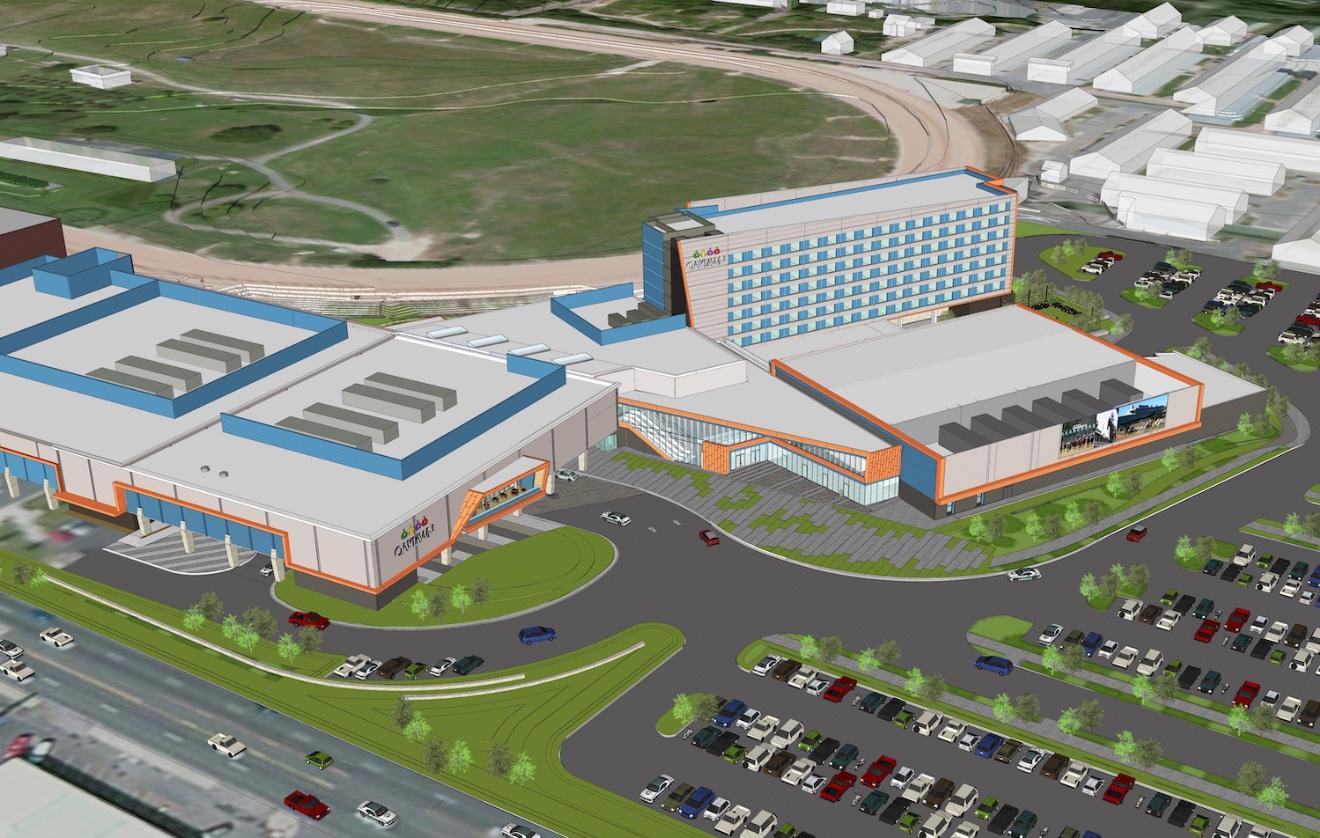
The racetrack called the project “one of the largest hospitality investments in the history of Arkansas.” The project is privately funded; it did not receive any state or local incentives.
“This historic announcement represents a new chapter in the rich 114-year history of Oaklawn,” Louis Cella, president of Oaklawn Jockey Club, said in a news release. “As we enhance the entertainment experience for our customers, we will also further elevate thoroughbred racing and help make Arkansas and Hot Springs even stronger regional tourism destinations.”
During an event at Oaklawn to announce the expansion, Cella said the project would be “world-class,” secure Oaklawn’s future and maintain its status as “one of the top thoroughbred race tracks in the country.”
Oaklawn General Manager Wayne Smith said the expansion will result in 400 permanent jobs. Construction will employ about 2,300 people.
The yet-unnamed hotel will be seven stories with 200 rooms, including two presidential suites. Amenities will include an outdoor swimming pool, a luxury spa, fitness center and restaurant, according to Oaklawn’s plans.
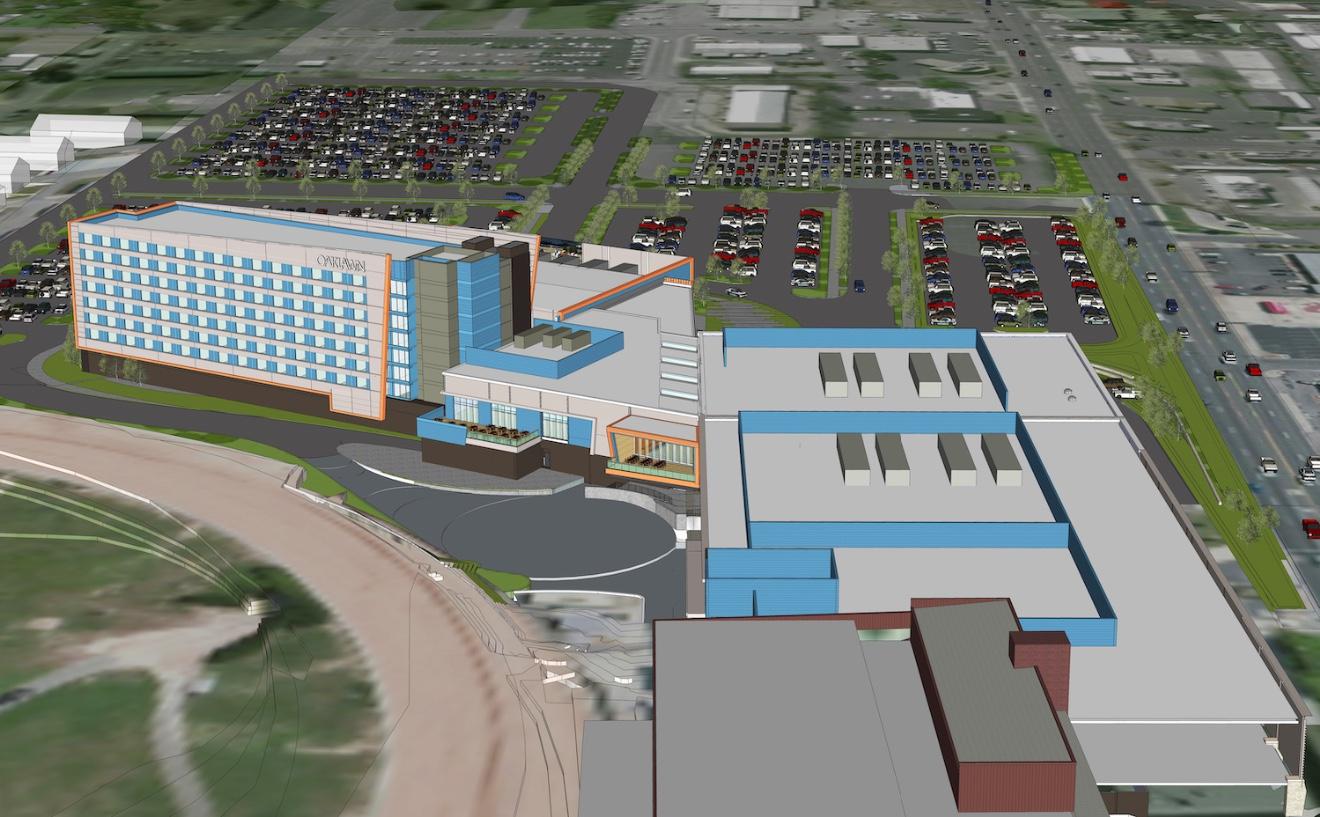
Smith said half of hotel’s rooms will offer “one-of-a-kind” views of the track; the other half will have mountain and lake views. He said the goal for the hotel is to achieve “4-star status.”
There will also be more parking, and outdoor patios in the gaming area and restaurant that will face the track. The events center will accommodate up to 1,500 people.
Construction will begin in May following the 2019 racing season. The target completion date for the gaming expansion is January 2020 with the hotel and event center to be completed in late 2020.
By a vote of 54 percent to 46 percent, Arkansas voters approved this month Issue 4, an amendment to the state Constitution allowing casinos at two existing racetracks — Oaklawn and Southland Racing and Gaming in West Memphis — and in Pope and Jefferson counties.
Oaklawn did not take a side during the campaign for the casino amendment, led by a group called Driving Arkansas Forward. But Southland voiced support for the measure, saying it would significantly expand its Crittenden County operation if the measure passed.
On Monday, Cella said Oaklawn had been planning for this expansion for some time.
“While one may assume that today’s announcement comes in response to the passage of Issue 4 on November 6, we actually began planning for this during our last expansion in 2014,” he said. “Our goal then, as it is now, is to use a quality gaming experience to enhance racing and help attract even more great champions to Arkansas such as Smarty Jones, Zenyatta, and American Pharoah.”
Gov. Asa Hutchinson, who also attended Monday’s announcement, said Oaklawn executives told him about the expansion in October and added that the passage of Issue 4 wasn’t “relevant” to the park’s plans.
“It is important to underscore and emphasize this is a commitment to Arkansas; it’s a commitment to Hot Springs that we value,” Hutchinson said. “Tourism is our second-leading industry in Arkansas. It’s the second-leading economic driver for our state. … Fifteen-hundred people receive a job during the peak of the season here at Oaklawn. That’s a $200 million economic impact.”
Kane Web, director of Arkansas Parks & Tourism, and Visit Hot Springs CEO Steve Arrison also spoke at the announcement.
“Christmas came early to Hot Springs National Park, Arkansas,” Arrison said. “… I’m saying ‘wow’ to the meeting space. This will complement the meeting space we have down at the Hot Springs Convention Center. It’s not going to compete with it. It’s going to make more and more groups look at us.”
HBG Design of Memphis is the architectural firm for the expansion. Flintco Construction of Springdale is the contractor.
Emily Marshall named to GGB’s ‘Emerging Leaders of Gaming Top 40 Under 40’
We’d like to send a huge congratulations to HBG Design’s Interior Design Leader, Emily Marshall, IIDA, NCIDQ, for being named to Global Gaming Business‘s Emerging Leaders of Gaming Top 40 Under 40.
This prestigious list recognizes rising stars in the gaming industry. Congrats, Emily!

Casinos and integrated resort developments are among of the most iconic architectural buildings in the world. It’s easy to recognize this looking at the Las Vegas skyline or the seminal steel structure of Marina Bay Sands.
While the exteriors sometimes create iconic attractions, what lies inside is critical to creating memorable guest experiences. Emily Marshall appreciates this notion. As leader of the Interior Design Group at HBG Design, she’s an expert on the design nuances necessary to create environments that leave a lasting impression.
“Interior design for the hospitality and gaming industry is all about creating vibrant experiences for guests,” Marshall explains. “This has always intrigued me—the drama and excitement that physical spaces can impart, the thoughtfulness that’s put into how guests use and experience a space.”
The nuances of both the business goals and guest desires in gaming and hospitality originally attracted Marshall, and keeps her pushing forward. “There’s a psychological element to it, paired with the fantasy of escapism. That’s kept me challenged and passionate about my career.”
While Marshall could be a considered a design veteran with 14 years of experience, her interest in and experience with art and design began well before her professional career. The daughter of a prominent Memphis architect, she developed an eye for design at an early age. Professionally, she points to her first mentor as having the most impact on her career trajectory.
“The challenges we face when designing very complex experiences have existed before, so it’s important to see how other designers dealt with them.”
“The influence of my dad notwithstanding, my first mentor, Jacques Coetzee, taught me how to truly be a designer,” Marshall says. “He helped me understand the importance collaboration plays in the role of an interior designer, while also teaching me how to push the boundaries of design and to be bold in my expression of interior spaces.”
For young design professionals, Marshall has advice on ways to grow both professionally and personally. “Broaden your perspective. Travel! Go see as much of the world as you can. The challenges we face when designing very complex experiences have existed before, so it’s important to see how other designers dealt with them.
“Every project has issues, some more visible than others, so seeing details in real time is important,” she adds. “I believe in complete immersion into places whose cultures and traditions affect their visual connection to the built environment.”
For someone whose livelihood revolves around creating memorable experiences for others, Marshall says the projects have had just as much of an experiential impact on her. “Seeing these gaming and resort projects come to life has given me indescribable and unforgettable experiences of my own.”
This year, she looks forward to seeing three major projects come to fruition and open. “These large-scale projects have been years in the making,” she says. Be on the lookout for Marshall’s latest imprints on the gaming and hospitality industries.
— Michael Vanaskie, The Innovation Group
Check out the Highlights from G2E 2018!
We enjoyed sharing the latest insights about integrated resorts as an invited speaker at the G2E 2018 Conference last week! Check out the latest issue of Global Gaming Business News for a recap of the conference!
https://ggbnews.com/article/weekly-feature-g2e-rises-again/?fbclid=IwAR0mAb8X6V6Fbh7AXl8LntsYyfxo6w6IIDQByZGHHQ7PfyFCSpUncwG2NuQ

Join HBG Design for our G2E 2018 Panel Session, Oct 9
Join HBG Design for our G2E 2018 panel session and come see us at G2E booth 3807! And be sure to check out our article about “Timeless Design” in Global Gaming Business’ Casino Style Magazine, here. We will see you at G2E 2018! #g2e18
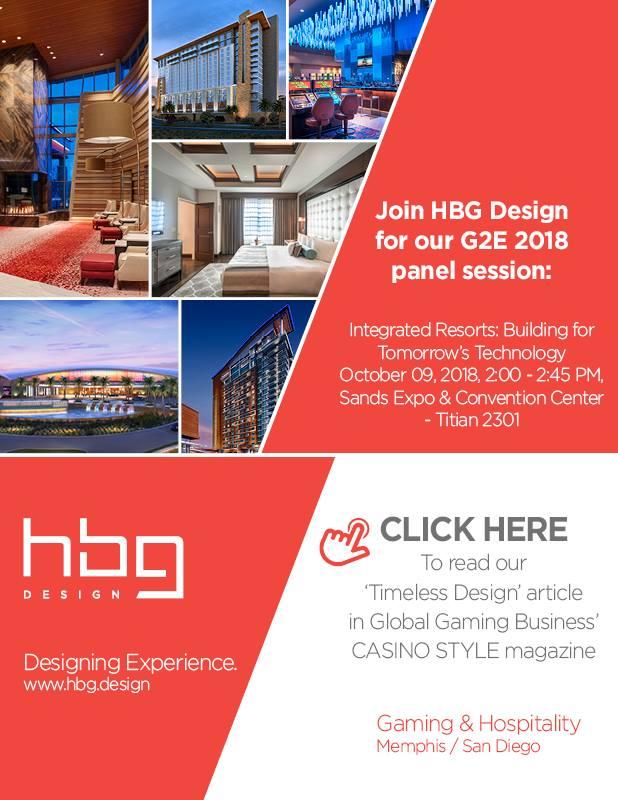
Shawn Hobbs, AIA, Principal – Designing Your Own Career Experience: The Evolution of a Design Disruptor
“Most importantly – learn all the rules that govern your project. Then, break as many as you can for the greater good of the project. And find a firm that appreciates a little disruption.”
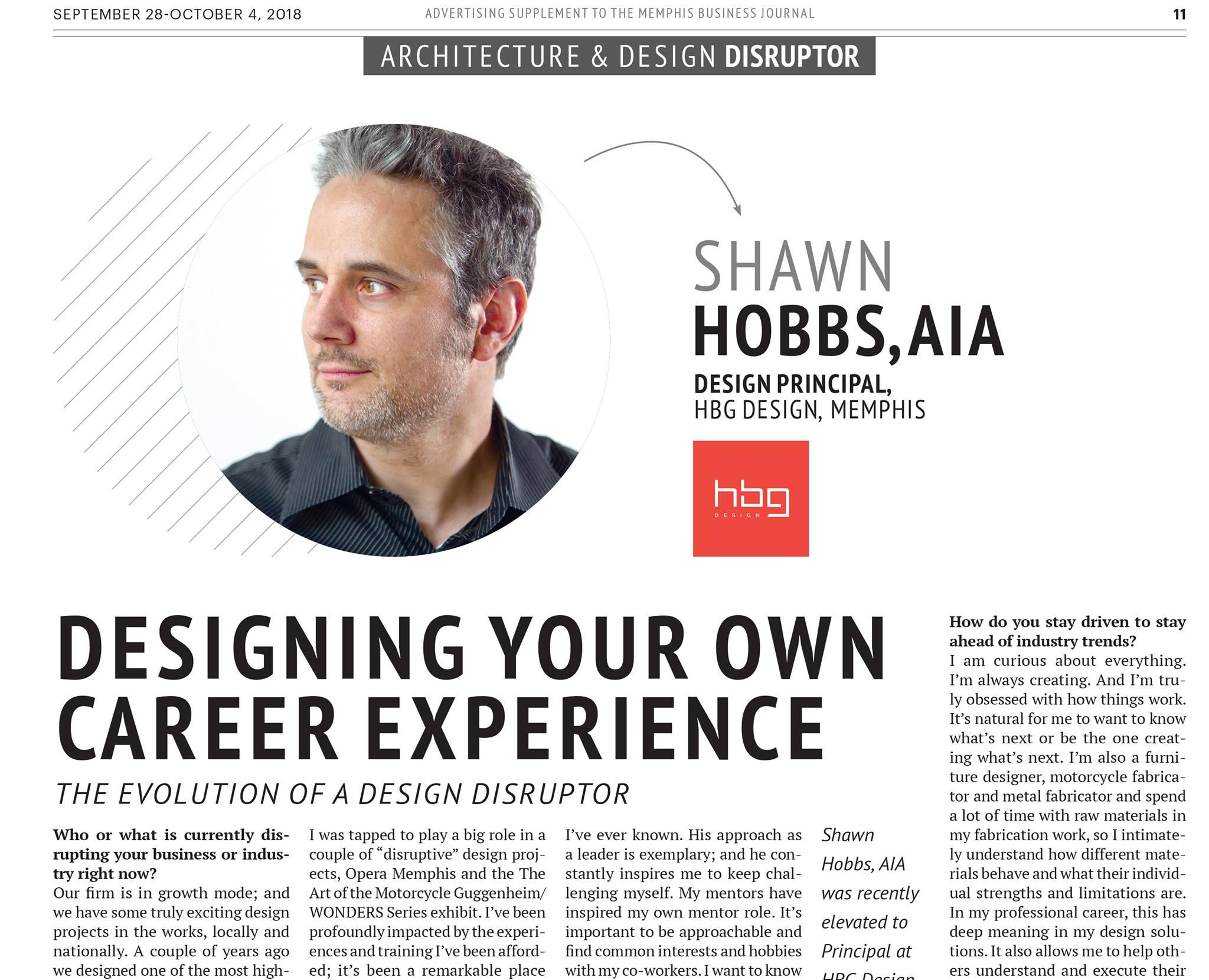
Topping Off Celebration for the Desert Diamond West Valley Casino Resort!
We were so excited to attend the Topping Off Ceremony for the Desert Diamond West Valley Casino Resort and witness how far the project has progressed! Once complete, the casino resort project will be a unique regional destination and a major contributor to the bustling entertainment and sports district on the west side of the Phoenix Metro area.
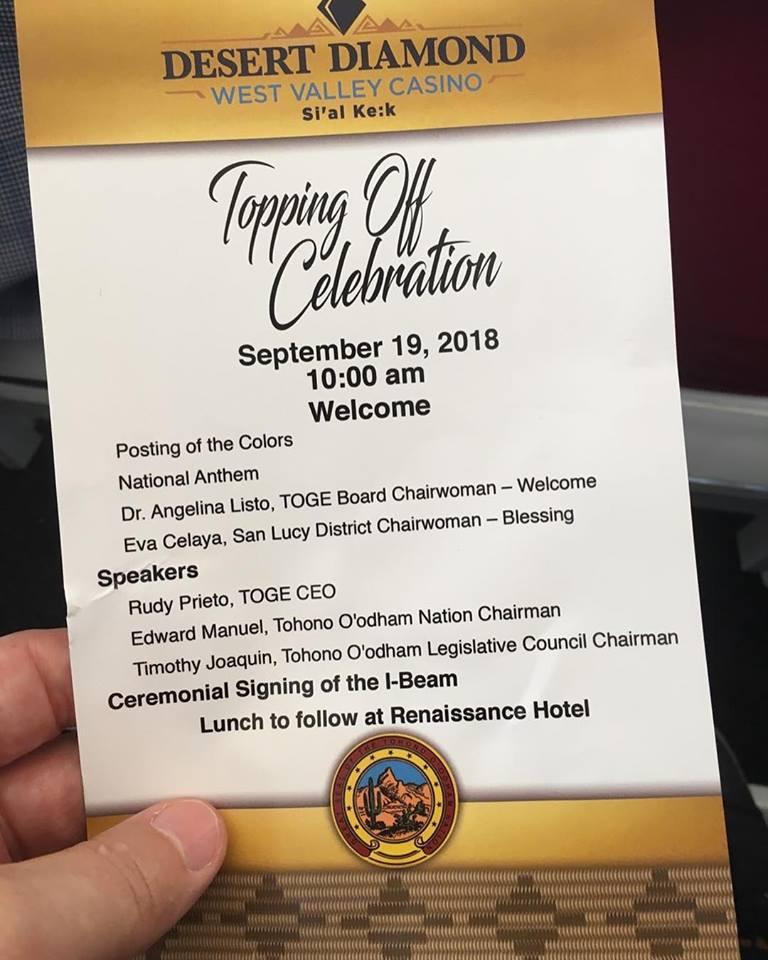
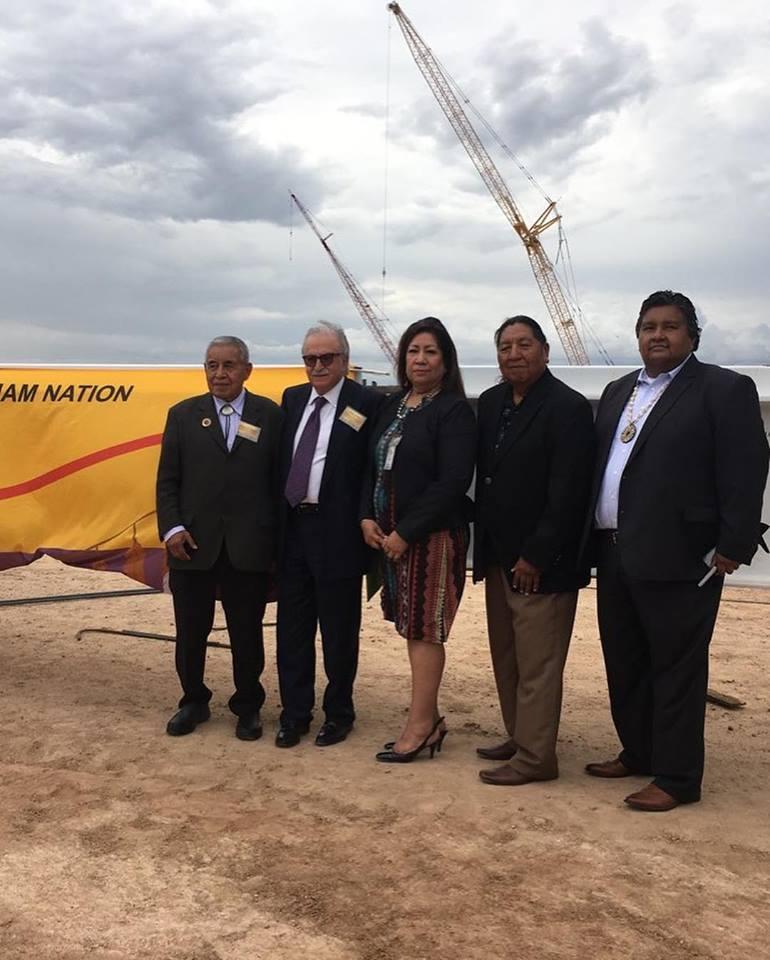
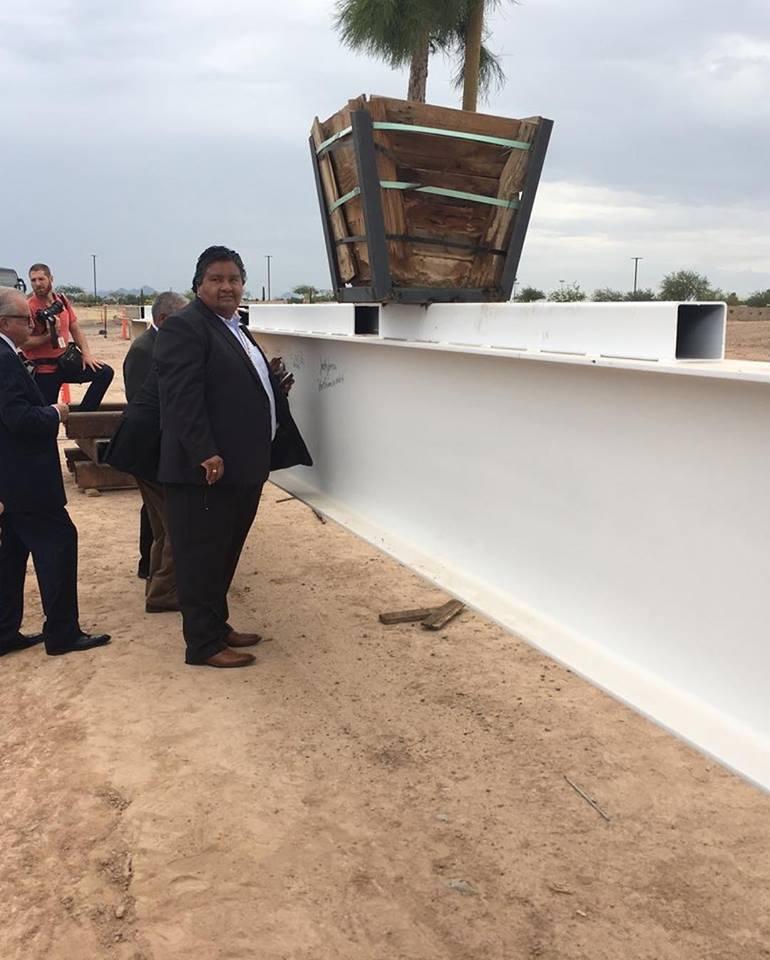
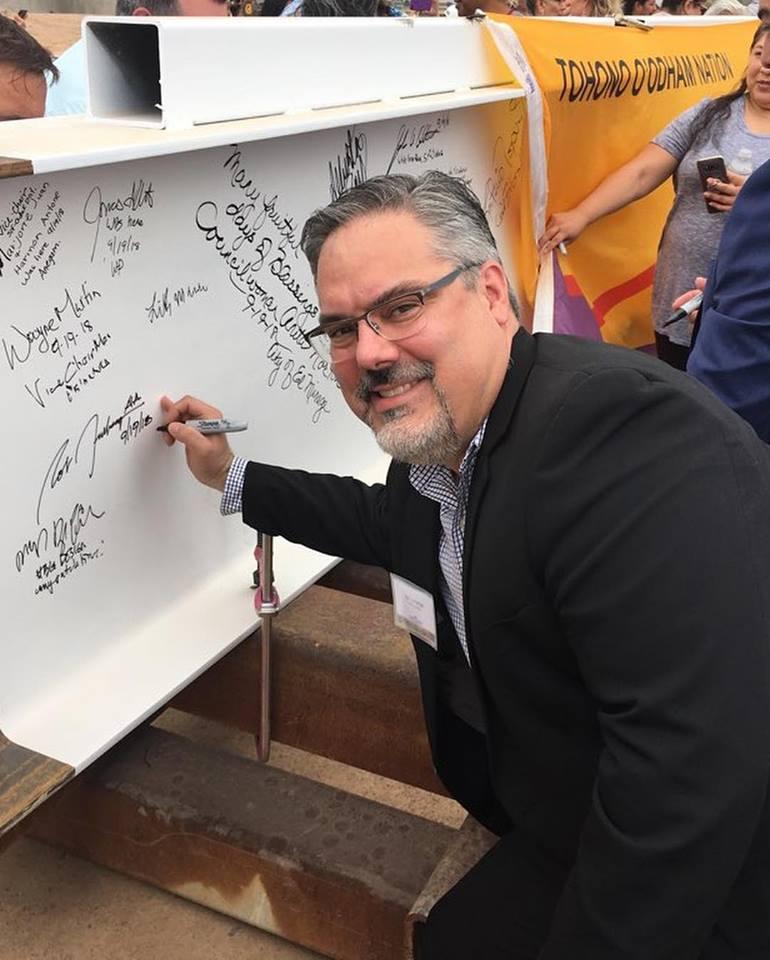
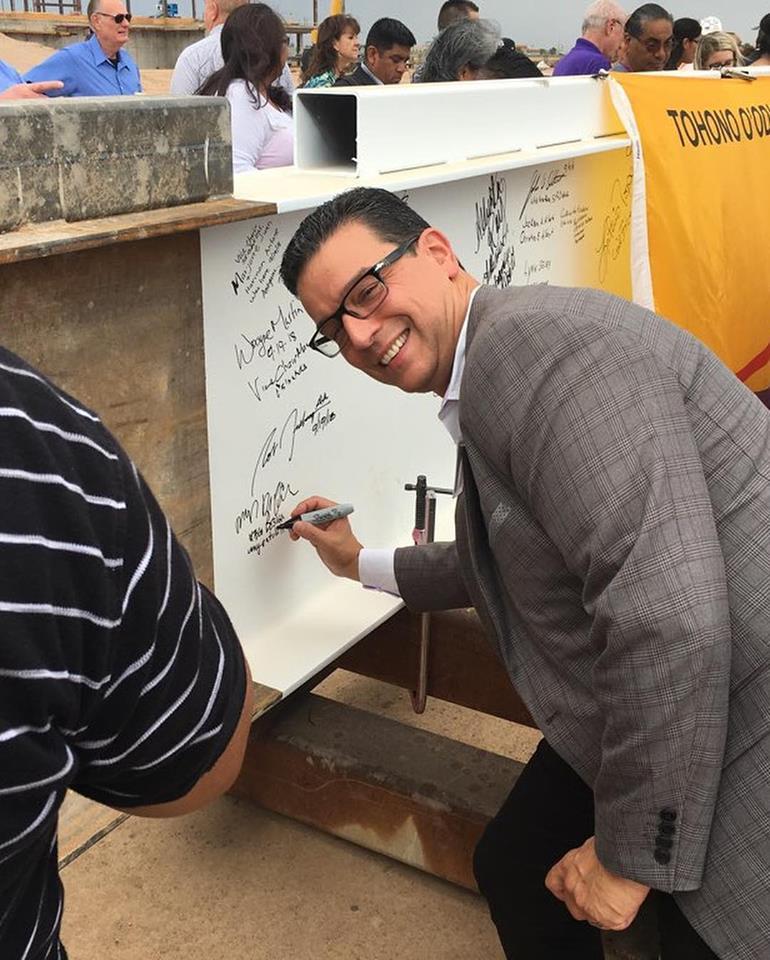
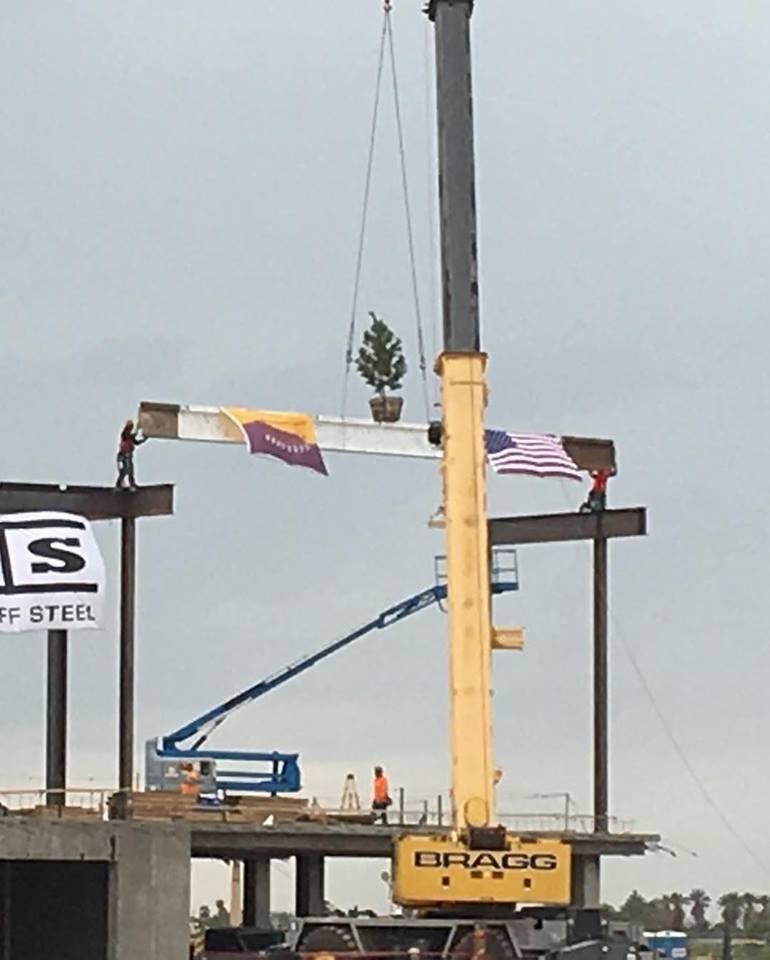
Congratulations to our new Principal and Associate Elevations!
Congratulations to the five talented HBG Design professionals whose promotions were announced last Friday at our annual State of the Firm program!
Shawn Hobbs, AIA (top left) was elevated to Principal and the new Associates named were: Alex Campbell, IIDA, NCIDQ (top right); Michael Ochoa, AIA, CDT (bottom left); Leslie Thompson (bottom middle); and Chris Devine, AIA, NCARB (bottom right).
Way to go guys!
